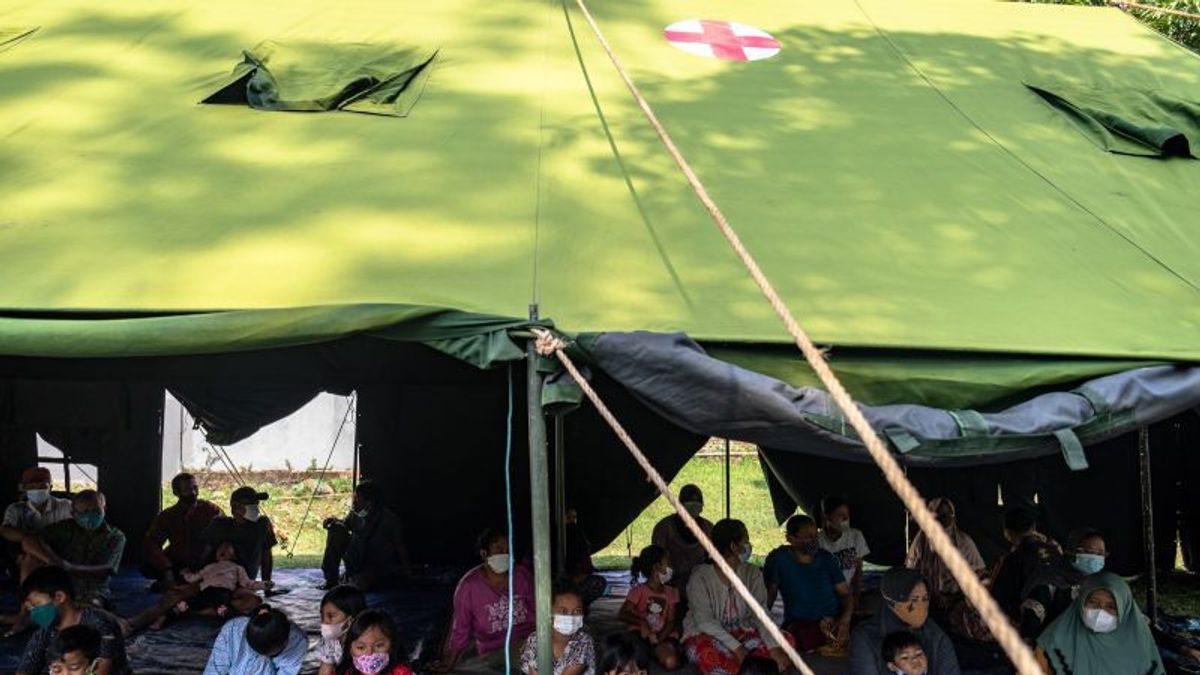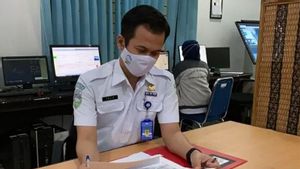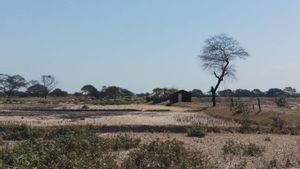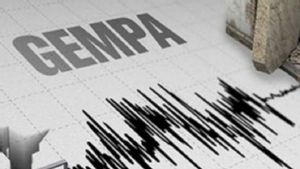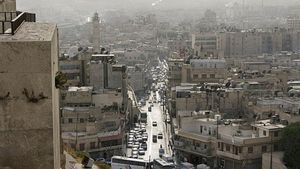JAKARTA - The Meteorology, Climatology and Geophysics Agency (BMKG) noted that the earthquake swarm activity after the 3.0 magnitude earthquake that occurred in Banyubiru, Ambarawa and surrounding areas on Saturday, October 23 began to decline, but it is worth watching out for the recurrence of the swarm earthquake.
"We should be grateful for the decrease in the frequency of swarm activity, hopefully this will be a sign that the swarm activity will end soon. However, what should be watched out for is the recurring behavior of the swarm," said BMKG Earthquake and Tsunami Mitigation Coordinator, Daryono in Jakarta, as reported by Antara, Tuesday, October 27.
Even though the swarm activity has dropped significantly, sometimes it can still reappear and increase again as in the case of swarm activity in West Halmahera Jailolo, North Maluku Province and Mamasa Swarm West Sulawesi.
Swarm earthquakes are characterized by a series of small-magnitude earthquakes with a very high frequency of occurrence.
The results of BMKG monitoring on Monday, October 25 until 24.00 western Indonesia time, occurred three swarm earthquakes in Banyubiru, Ambarawa and surrounding areas, which is at 5.05.59 western Indonesia time M2.5, then at 14.43.18 western Indonesia time M2.7 and at 21.29.16 western Indonesia time M2.6, so that the total swarm earthquake activity that occurred after the 3.0 magnitude earthquake on Saturday, October 23 reached 36 times.
SEE ALSO:
In terms of magnitude, the earthquake swarm activity in Banyubiru, Ambarawa and its surroundings was dominated by small earthquakes with a magnitude of less than 3.0 as many as 30 times with the smallest magnitude of 2.1. Meanwhile, earthquakes with magnitudes above 3.0 occurred six times with the largest magnitude of 3.5.
In addition to the very shallow depth of the hypocenter of the earthquake, the local soft soil effect in the swarm zone of Banyubiru, Ambarawa, Salatiga and its surroundings can cause earthquake waves to resonate, so that small earthquake shocks are felt stronger by residents.
Regarding several residential buildings that suffered minor damage, the appearance of wall cracks due to the swarm indicates that the quality of the wall building is not good.
If the crack gets bigger, it should not be occupied for a while, because if a bigger and repeated shock occurs, it will increase the damage and pose a risk to the safety of the occupants.
He said house buildings that suffered minor damage due to the earthquake swarm should be retrofitted considering that in the Banyubiru, Ambarawa, Salatiga areas there are active fault lines, such as the Merapi Merbabu Fault, Rawapening Fault, Ungaran Fault, and other faults that have not been identified and could trigger an earthquake someday.
He appealed to residents to be aware of cliff slopes when swarm activity occurs, because the swarm that continues to occur can disrupt the stability of the slopes so that they are prone to landslides.
The impact of the swarm not only weakens building structures that are already weak, but can also trigger landslides and rockfalls in hilly areas, so that during the period of swarm activity, temporarily do not climb.
"If it's not very important, it's better to avoid the steep and rocky road," said Daryono.
The English, Chinese, Japanese, Arabic, and French versions are automatically generated by the AI. So there may still be inaccuracies in translating, please always see Indonesian as our main language. (system supported by DigitalSiber.id)
